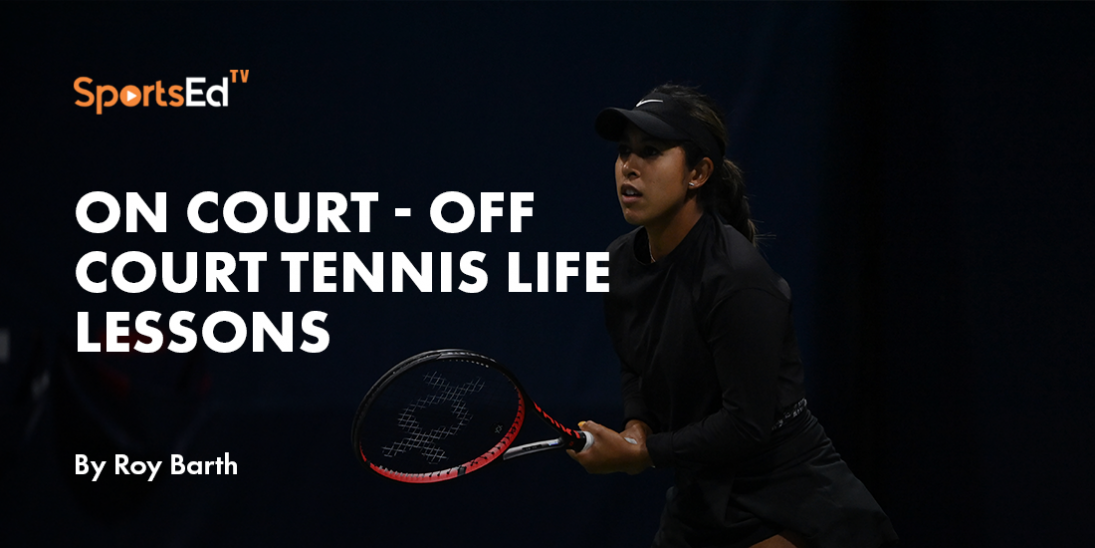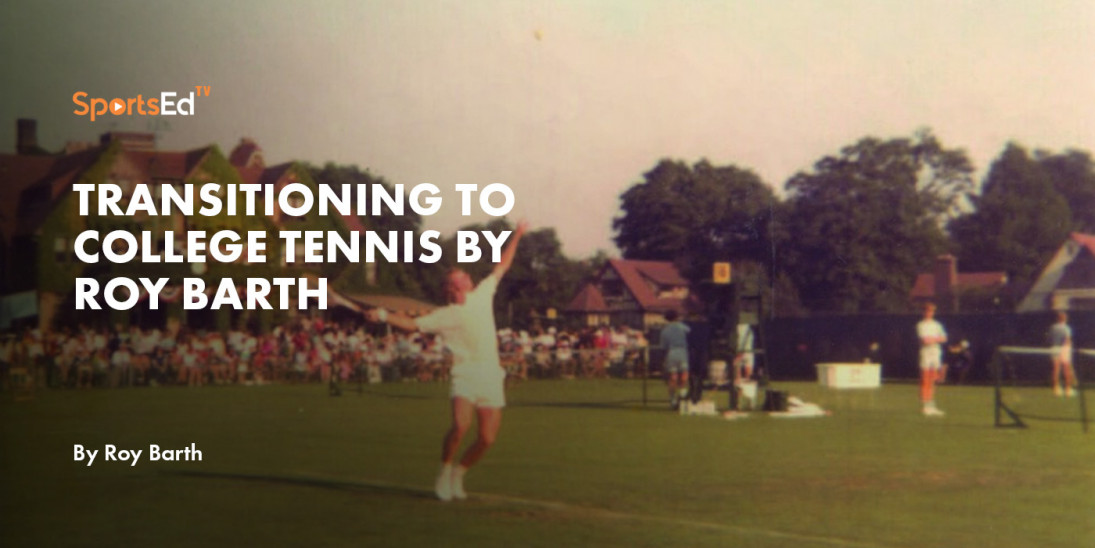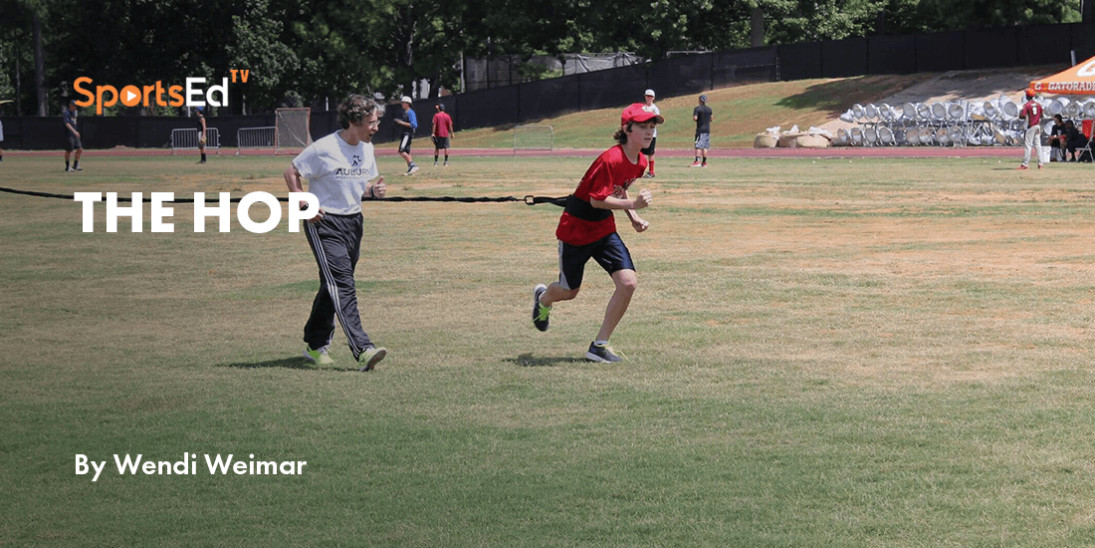Tennis
Welcome and thanks for visiting...

Want to reach your potential as a Tennis Player: Listen to What Others Teach You
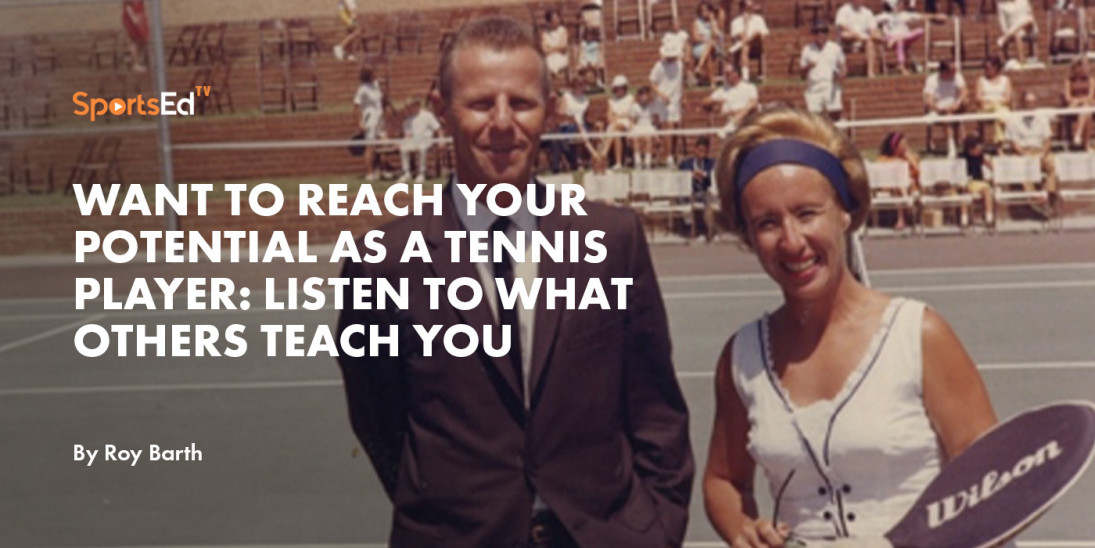
Excerpted from the book Point of Impact
Listen to and respect your coaches, especially during your earliest years. What you learn in the developmental years of your tennis life can impact your entire career.
Maureen Connolly (Little Mo)
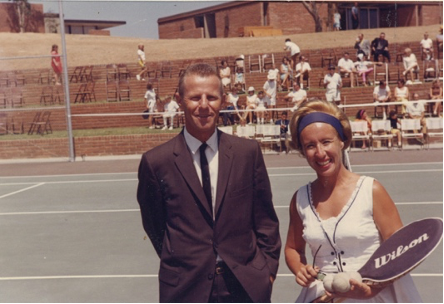
photo: My father and Maureen Connolly
I was fortunate to take lessons for three years from three-time Wimbledon champion Maureen Connolly in our hometown of San Diego, California, starting when I was 12. A horseback riding accident caused Maureen to retire from the tour at age 19 and, as a favor to my father — with whom she had played in her earlier years — she agreed to work with my sister Patty and me.
Maureen taught me the following “jewels” that have been a cornerstone of my career:
- Where the Hand Ends Up is Where the Ball Ends Up

photo: Hitting a Forehand at Morley Field, 11 yrs old.
For three years, Maureen built the foundation of my groundstrokes. She taught me to direct the ball with my hand because “where the hand ends up is where the ball ends up.” Thinking about this as I hit improved the placement of my ground strokes, serves, and volley. Maureen would set up targets in the corners and middle of the court and insist I aim my follow-through towards those targets. Worked every time.
- Practice with More Intensity in Shorter Time
Maureen taught me how to practice efficiently: she prioritized working with intensity and purpose for two hours over practicing for four hours with neither. She also stressed the importance of getting away from the court and enjoying non-tennis activities.
- When Under Pressure, Hit “Out”
Maureen recommended I speed up my swing — rather than slow it down — when I got tense. “This will keep you from choking,” she’d say.
Les Stoefen

photo: Les Stoefen at the La Jolla Beach and Tennis Club, 1966
When Maureen moved to Scottsdale, Arizona, in the early 1960s with her husband, Norman Brinker, and their two daughters, my parents hired Les Stoefen to work with me. Les was the Head Tennis Professional at the La Jolla Beach and Tennis Club in La Jolla, California, and he was the 1934 Wimbledon Doubles Champion. He was a nice man with a low-key style. His instruction raised the level of my game in two important ways.
- Watch the Point of Impact Until You Finish Your Follow-Through on Every Stroke

photo: Serving at the US Nationals at Forest Hills in 1966
This is probably the important concept a tennis player can learn. Most players look up as they hit the ball to see where it is going. Understandable. However, if you are looking up, you can’t also watch the ball hit the strings, which means you can’t be sure you are hitting it in the center of the racquet. By keeping your head still and eyes focused only on the point of impact, you’ll hit the ball in the “sweet spot” and control the ball to your intended target.
- Karate Chop on the Volleys
One of the first things Les taught me was how to hit angle volleys. He stressed the importance of using my hands, not my arms, and hitting in a short, relaxed motion, like a karate chop. The volley ended up being my best shot.
Maureen and Les were able to raise the level of my game because they were skilled players and dedicated teachers, but also because I was willing to listen to them and practice what they taught. Experienced professionals are eager to work with players of all levels, but the players benefit the most, especially in their developmental years, if they are equally eager to take instruction seriously.
Maureen and Les were able to raise the level of my game because they were skilled players and dedicated teachers, but also because I was willing to listen to them and practice what they taught. Experienced professionals are eager to work with players of all levels, but the players benefit the most, especially in their developmental years, if they are equally eager to take instruction seriously.
Listen to the experts. Tips on volley from Ellis Ferreira:




